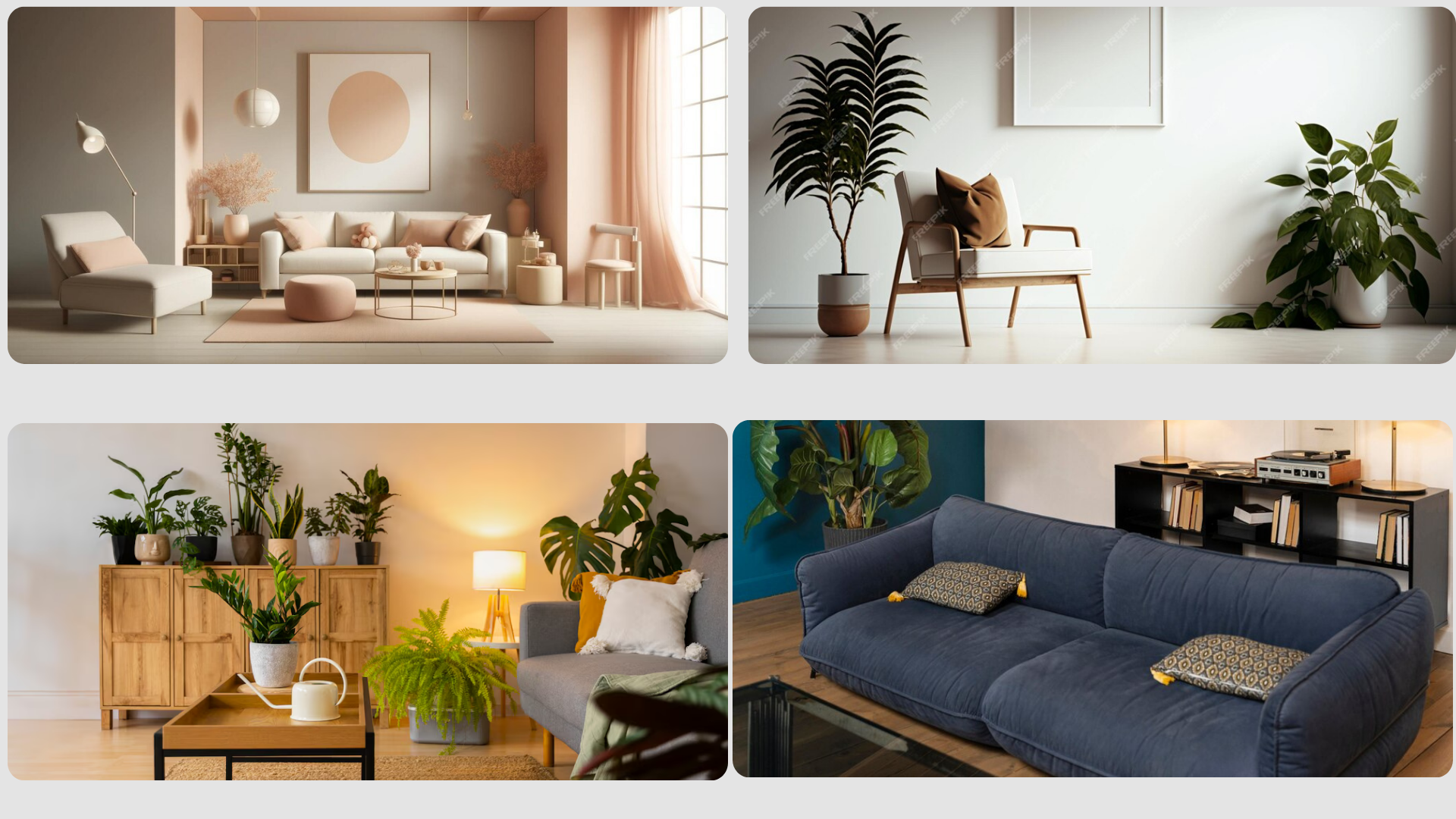Exploring Styles and Trends in Living Room Design: Modern, Contemporary, Minimalist, and Rustic
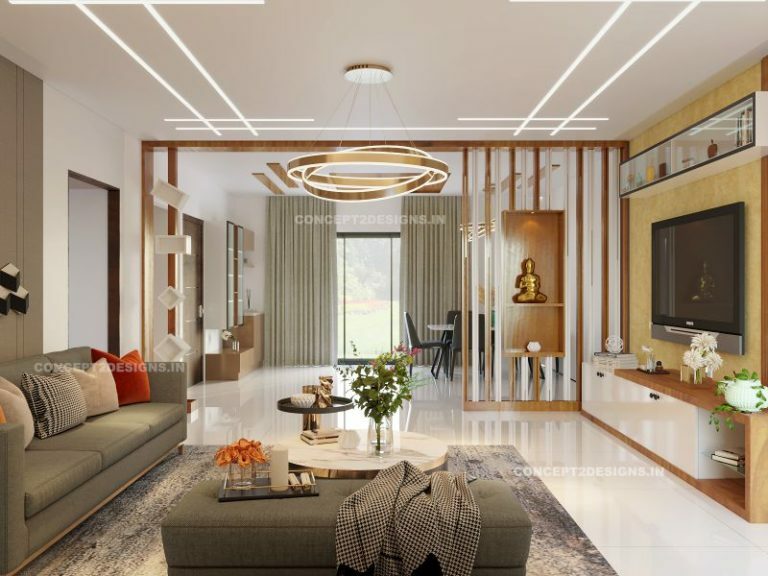
Designing a living room is a thrilling yet challenging endeavor. The living room is the heart of the home, a space where family members gather, entertain guests, and relax. With various design styles available, it’s essential to find the one that resonates with your personal taste and complements your lifestyle. This article will delve into four popular living room design styles: modern, contemporary, minimalist, and rustic. By understanding the nuances of each style, you can create a living space that is both functional and aesthetically pleasing.
1. Modern Living Room Design
Modern living room design is characterized by clean lines, simple forms, and a lack of clutter. This style emerged in the early 20th century and continues to evolve. The focus is on creating an open and airy space, with an emphasis on functionality.
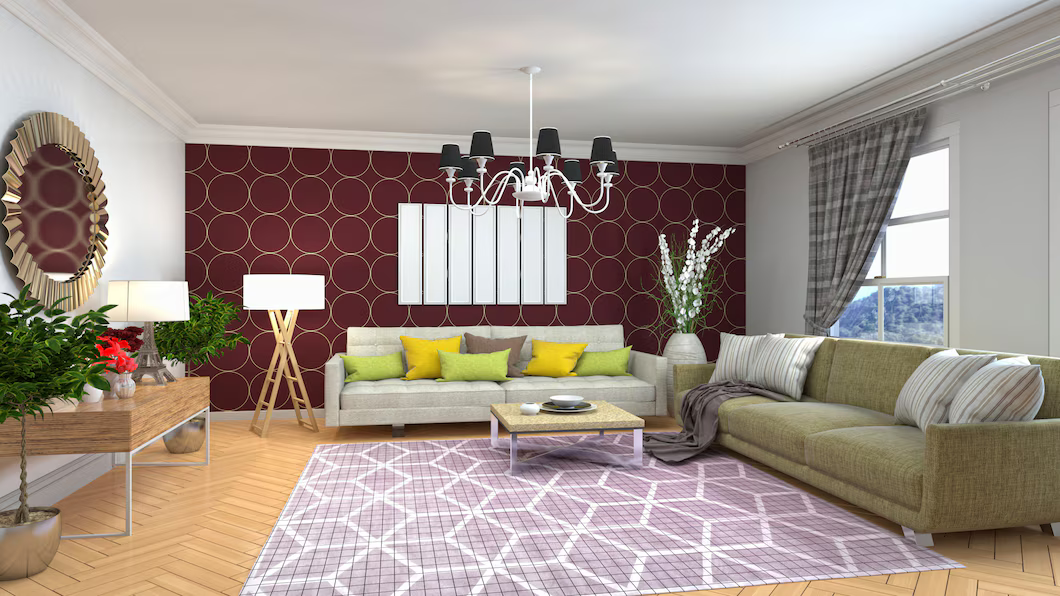
Key Elements of Modern Design
- Neutral Color Palette: Modern designs often use neutral colors like white, black, and grey. These colors create a calm and serene environment.
- Natural Materials: Wood, metal, and glass are commonly used in modern living rooms. These materials add texture and warmth to the space.
- Minimal Decor: The modern style avoids excessive decorations. Instead, it focuses on a few statement pieces that enhance the room’s aesthetic.
- Functional Furniture: Furniture in modern living rooms is not only stylish but also functional. Think sleek sofas, multi-purpose tables, and built-in storage solutions.
Modern Design Tips
- Open Floor Plan: If possible, opt for an open floor plan to enhance the sense of space.
- Statement Lighting: Choose modern light fixtures that serve as a focal point in the room.
- Art and Accessories: Incorporate modern art and accessories sparingly to add personality without cluttering the space.
2. Contemporary Living Room Design
Contemporary living room design is often confused with modern design, but there are distinct differences. While modern design refers to a specific period, contemporary design is ever-evolving and reflects current trends.
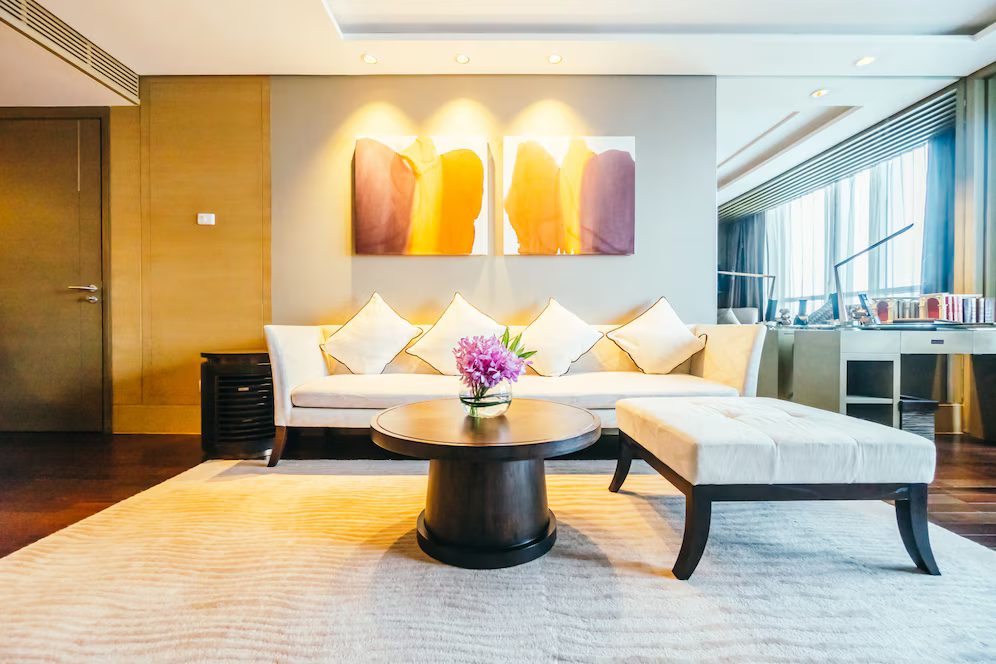
Key Elements of Contemporary Design
- Dynamic Color Schemes: Contemporary designs often use bold and dynamic color schemes. While neutral colors are still prominent, splashes of vibrant hues add interest.
- Mix of Materials: Contemporary living rooms often feature a mix of materials, such as metal, glass, and stone, creating a visually stimulating environment.
- Eclectic Furniture: Furniture in contemporary spaces is often a mix of styles, combining both form and function.
- Artistic Elements: Incorporating artistic elements, such as sculptures and abstract art, is a hallmark of contemporary design.
Contemporary Design Tips
- Bold Statements: Don’t be afraid to make bold design statements with unique furniture pieces or vibrant artwork.
- Flexibility: Contemporary design is all about flexibility, so feel free to mix and match styles to create a personalized look.
- Texture Play: Use a variety of textures to add depth and interest to your living room.
3. Minimalist Living Room Design
Minimalist living room design is all about simplicity and functionality. Inspired by Japanese design principles, this style emphasizes a clutter-free environment.
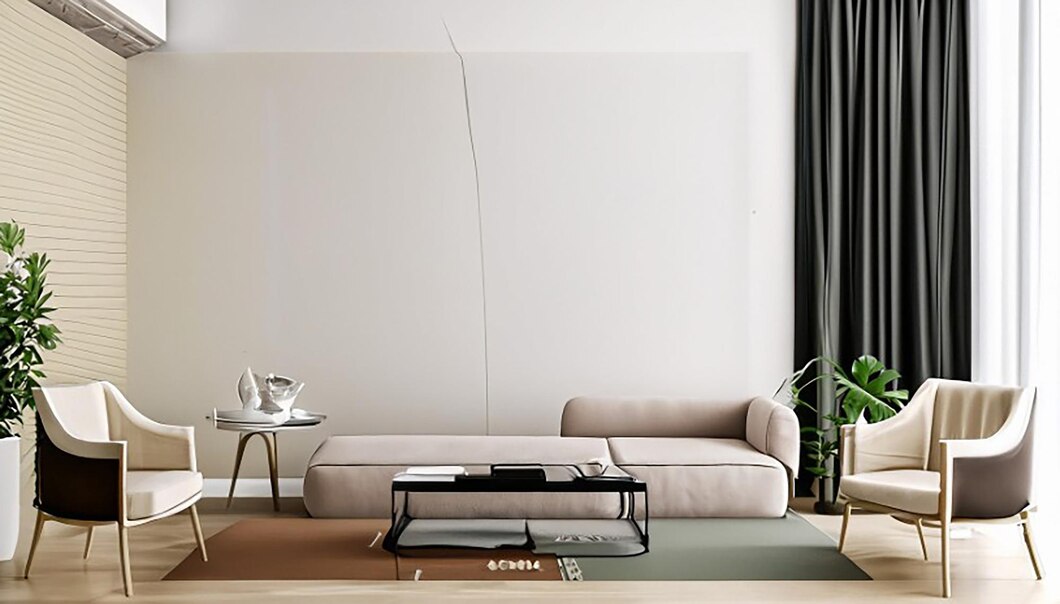
Key Elements of Minimalist Design
- Monochromatic Palette: Minimalist designs often use a monochromatic color palette, focusing on shades of white, grey, and black.
- Streamlined Furniture: Furniture in minimalist living rooms is simple and functional, with clean lines and minimal ornamentation.
- Open Space: Minimalism thrives on open spaces. Furniture is arranged to maximize flow and reduce visual clutter.
- Essential Decor: Only essential decor items are used, ensuring that each piece serves a purpose.
Minimalist Design Tips
- Declutter: Keep your living room free of unnecessary items to maintain a clean and open space.
- Quality Over Quantity: Invest in high-quality furniture and decor pieces that will stand the test of time.
- Natural Light: Maximize natural light to enhance the airy and open feel of the space.
4. Rustic Living Room Design
Rustic living room design embraces the beauty of natural materials and a cozy, inviting atmosphere. This style is perfect for those who love the charm of a country cabin or farmhouse.
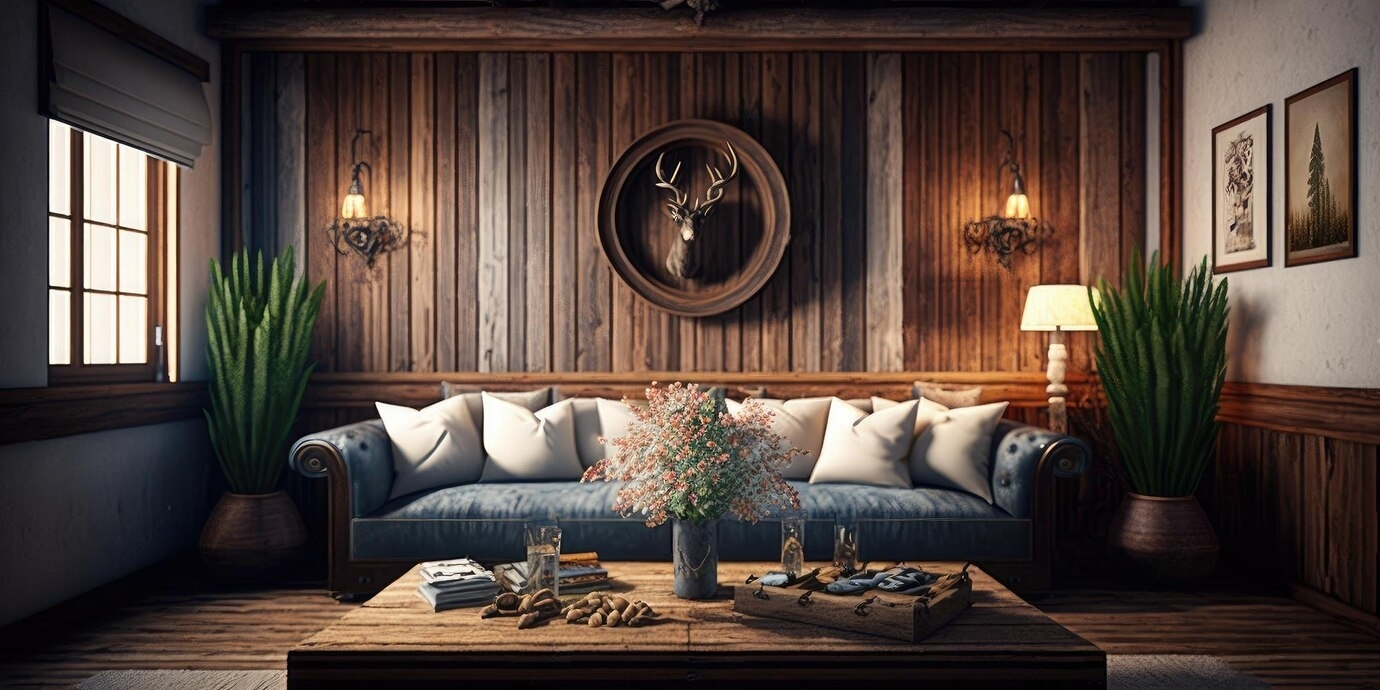
Key Elements of Rustic Design
- Natural Materials: Wood, stone, and other natural materials are the cornerstone of rustic design. These materials add warmth and character to the space.
- Earthy Color Palette: Rustic living rooms often use earthy tones, such as brown, beige, and green, to create a warm and inviting environment.
- Comfortable Furniture: Furniture in rustic living rooms is often oversized and comfortable, inviting relaxation.
- Vintage Decor: Vintage and antique decor items add charm and personality to rustic spaces.
Rustic Design Tips
- Mix Textures: Combine different textures, such as wood, stone, and textiles, to create a rich and inviting space.
- Cozy Elements: Incorporate cozy elements, such as throw blankets, pillows, and rugs, to enhance the comfort of your living room.
- Nature-Inspired Decor: Use nature-inspired decor items, such as plants and wildlife motifs, to bring the outdoors in.
5. Combining Styles
While each of these styles has its unique characteristics, don’t feel constrained to stick to just one. Combining elements from different styles can create a living room that is truly unique and reflective of your personality.
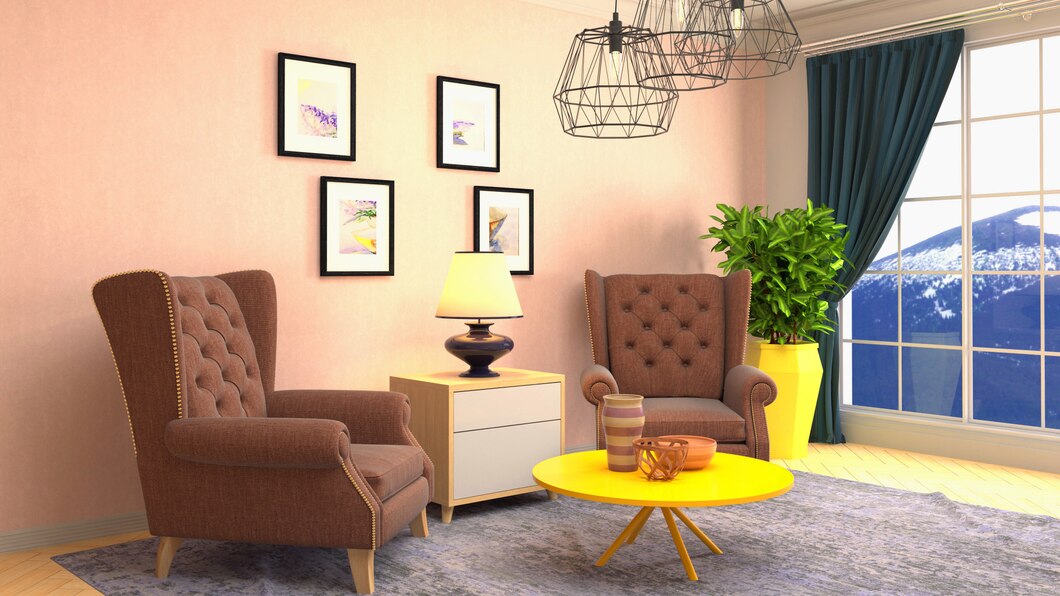
Tips for Combining Styles
- Balance: Achieve a balance by mixing different elements in a harmonious way. For example, pair modern furniture with rustic decor for a balanced look.
- Consistent Color Palette: Use a consistent color palette to tie different styles together.
- Personal Touches: Incorporate personal touches and items that hold sentimental value to make the space truly yours.
6. The Role of Lighting
Lighting plays a crucial role in defining the ambiance of your living room. Different styles benefit from different lighting approaches.
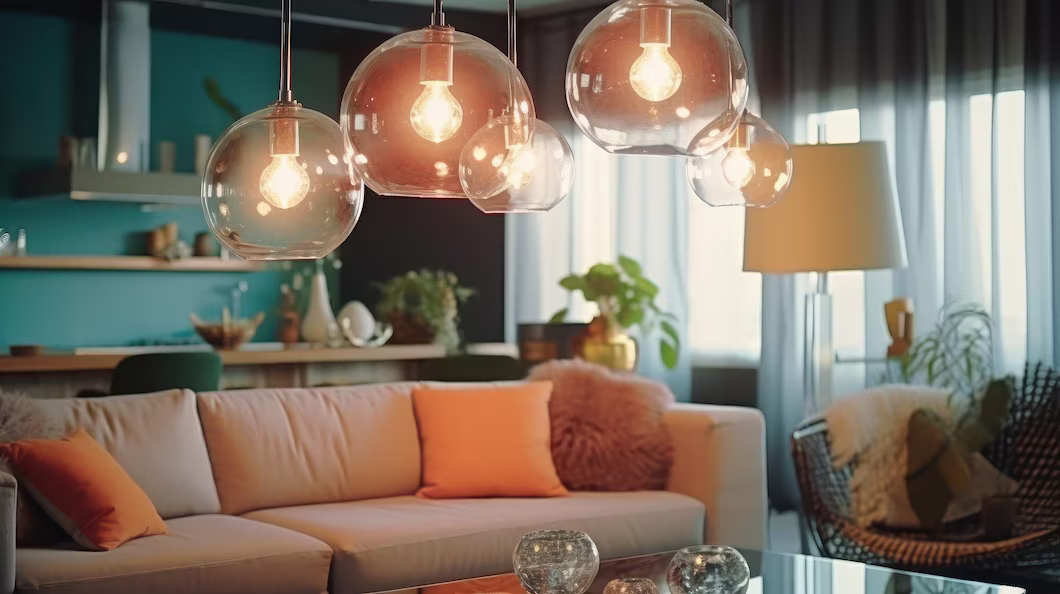
Lighting Tips
- Modern: Use sleek and minimalistic light fixtures.
- Contemporary: Experiment with bold and artistic lighting pieces.
- Minimalist: Opt for simple, unobtrusive lighting that enhances the natural light.
- Rustic: Choose warm, ambient lighting to create a cozy atmosphere.
7. Furniture Selection
Choosing the right furniture is key to achieving your desired living room style.
Furniture Tips
- Modern: Look for furniture with clean lines and minimal ornamentation.
- Contemporary: Mix and match furniture styles for an eclectic look.
- Minimalist: Select furniture that is functional and lacks excessive decoration.
- Rustic: Opt for comfortable, oversized furniture pieces.
8. Color Schemes
Color schemes can dramatically influence the look and feel of your living room.
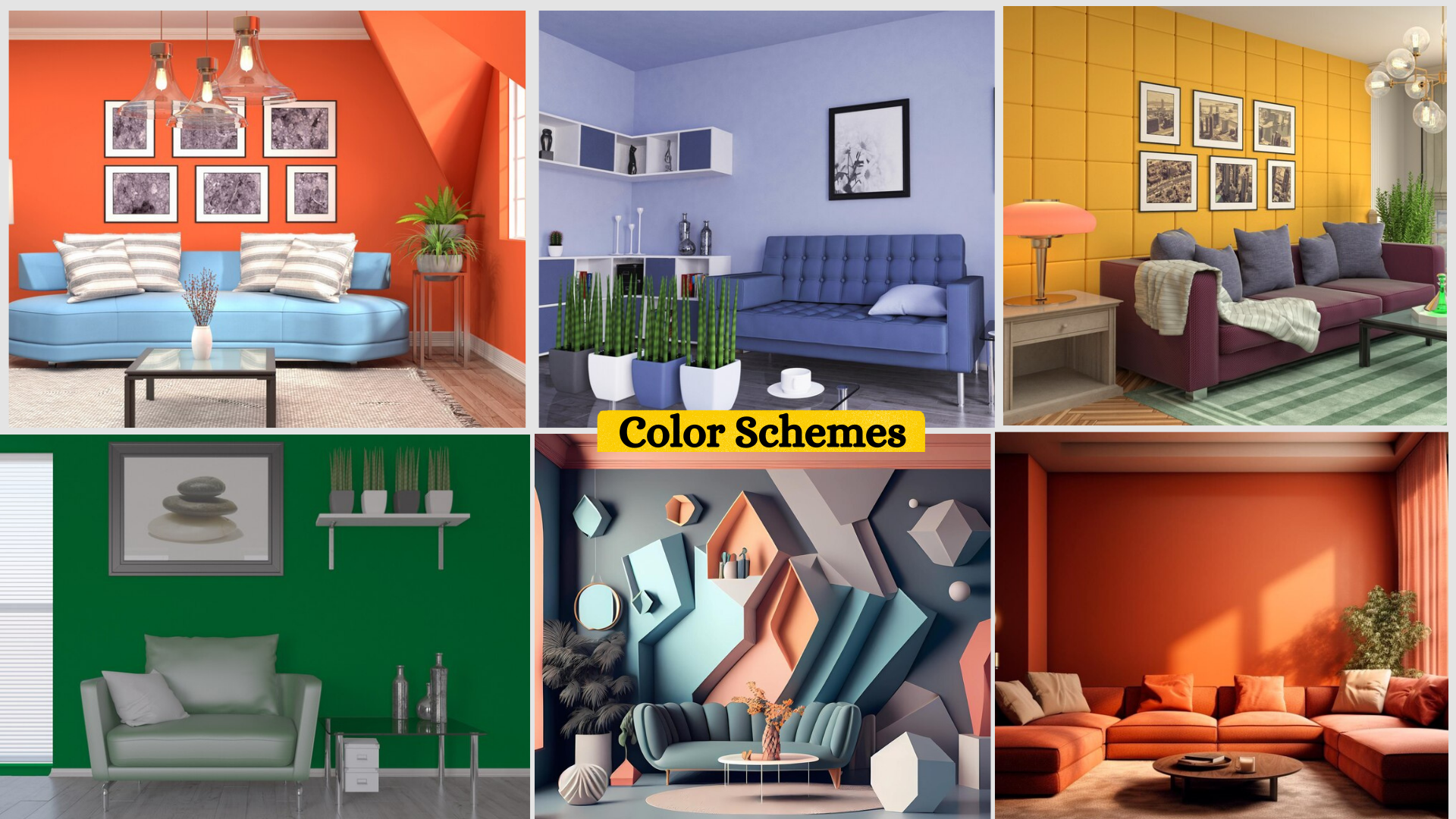
Color Scheme Tips
- Modern: Stick to neutral colors with occasional pops of bold hues.
- Contemporary: Use dynamic and contrasting colors to create interest.
- Minimalist: Focus on a monochromatic palette.
- Rustic: Embrace earthy tones for a warm and inviting feel.
9. Decor and Accessories
Decor and accessories are the finishing touches that bring your living room design to life.
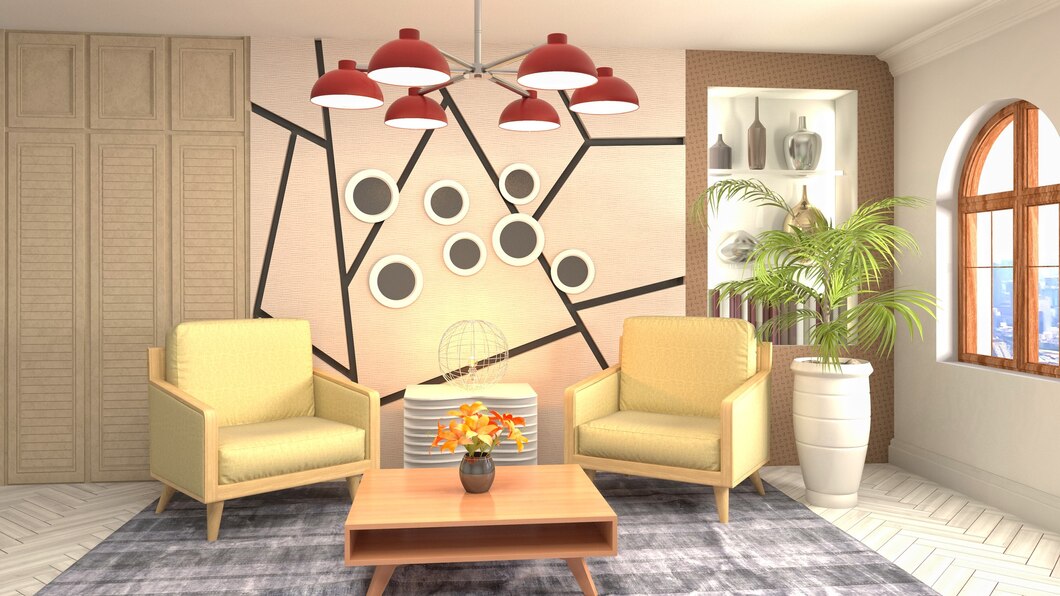
Decor Tips
- Modern: Choose a few statement pieces that complement the overall design.
- Contemporary: Incorporate artistic elements and unique decor items.
- Minimalist: Keep decor minimal and purposeful.
- Rustic: Use vintage and nature-inspired decor to add character.
10. Personalization
No matter the style, personalizing your living room is essential to make it feel like home.
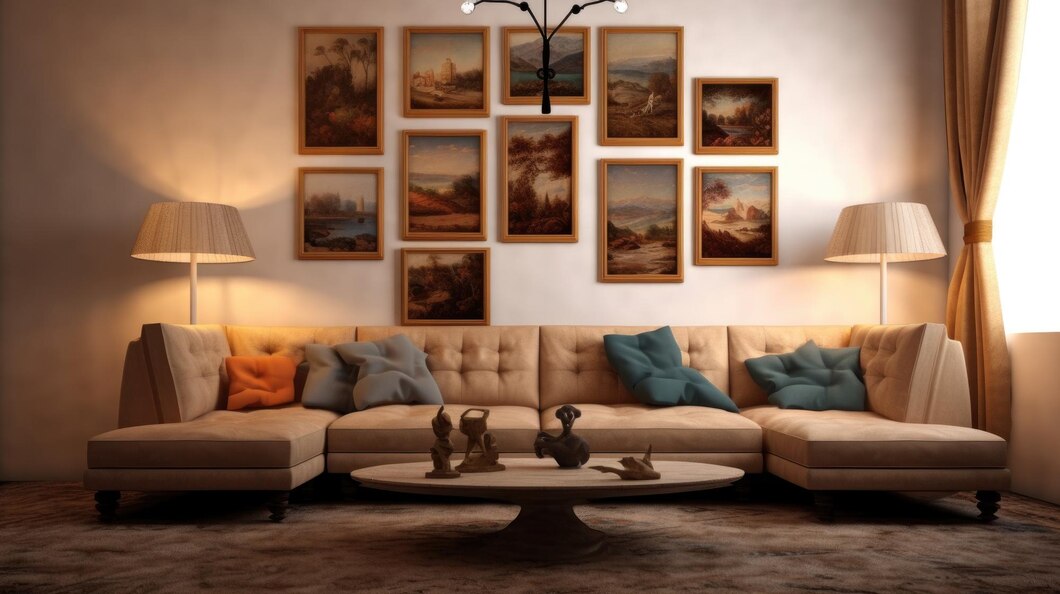
Personalization Tips
- Photos and Art: Display personal photos and art that reflects your taste.
- Heirlooms: Incorporate heirlooms and items with sentimental value.
- DIY Projects: Add DIY projects for a personal touch.
Conclusion
Designing a living room is an exciting journey that allows you to express your personal style and create a space that suits your lifestyle. Whether you prefer the clean lines of modern design, the ever-evolving nature of contemporary design, the simplicity of minimalist design, or the cozy charm of rustic design, understanding the key elements of each style will help you create a living room that is both beautiful and functional. By combining different elements and adding personal touches, you can design a living room that is uniquely yours.

